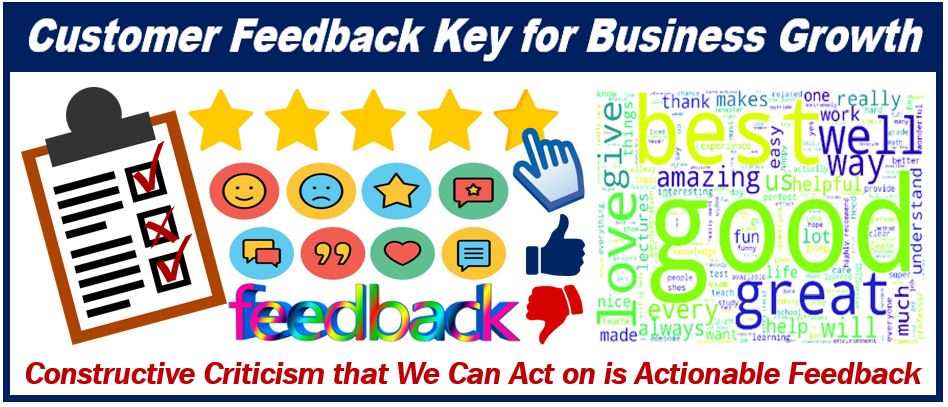Getting feedback is perhaps the single most important interaction you can have with your customers. Your customers—including those who only make one purchase—hold the keys to helping your business grow.

Every business has to start at the beginning, and the road from startup to success is paved with learning opportunities. You’ll inevitably make mistakes and your customers will guide you toward solutions with their feedback. However, not all feedback is useful. If feedback isn’t specific enough to be actionable, it’s not going to help.
If you want to generate specific, actionable feedback you can use to supercharge your business, here are some good strategies to employ.
Use assistive tools to collect feedback
You’ll never collect enough feedback by chasing individual customers, asking them to share their experiences. You need software to support large scale feedback collection efforts. If you’ve never used this type of software before, check out what Delighted has to offer. Delighted takes customer satisfaction software to a new level. Instead of just collecting star-ratings from customers, you can ask specific, customized questions to get specific feedback.
Detailed customer feedback is where you’ll get the actionable data you need. For example, when using Delighted, feedback will be used to generate your Net Promoter Score (NPS). Essentially, NPS scoring tells you how likely your customers are to recommend you to others.
This score is a critical customer loyalty metric; brands with high NPS scores tend to have customer lifetime values 3-8x higher than brands with low NPS scores. If you’re not familiar with NPS scoring, you can read about it in detail on Hubspot’s customer feedback strategy guide.
With Delighted, once a customer rates you on a scale of 0-10, they’ll be presented with your follow-up questions. You can have up to ten follow-up questions that allow customers to share freely or select answers from a premade list of options.
Rather than being an email-only survey, you can also use Delighted to ask for feedback directly from your website, so that everyone, including customers and prospects, can provide feedback without navigating away. When you make the feedback process effortless, you’ll get a higher response rate.
Allow customers to submit freeform responses
To get the most helpful feedback from your customers, it’s critical to allow customers to submit freeform responses in their own words and to have a customer feedback system in place. Have at least one question that allows customers to share their thoughts freely. For example, you might ask, “what could we improve?” Or, ask, “is there anything else you’d like to share with us today?
Sometimes customers have feedback that doesn’t fit into the predefined categories and a completely open-ended question is needed.
Avoid using engagement metrics to determine satisfaction
Have you fallen into the trap of measuring engagement as a means to determine how well you’re doing? If so, you’re not alone. Almost every brand measures engagement. However, 75% of brands admit they can’t define engagement.
Is engagement a ‘like’ or a ‘share?’ What about comments? Any action a user takes? What if a user engages your brand on social media, but never makes a purchase? If a metric is too broadly defined, it’s not useful.
Ask for both positive and negative feedback
Ask your customers to share both positive and negative feedback. You’ll naturally want to ask, “what do you love most about [product here]?” However, you also need to ask what isn’t working. When you’re excited about your products and services it’s easy to forget that you may have room for improvement. Your customers are your biggest asset for making those necessary changes, but to capitalize on that you need to ask them what isn’t working.
Unhappy customers are already more likely to share their experiences, so make sure to ask for that feedback, so it goes to you directly.
Soliciting feedback is part of the customer experience
Remember, your surveys about a customer’s experience will be perceived as part of the customer experience. Whichever method you use to solicit feedback, make sure the process is easy, smooth, and as automated as possible. An effortless feedback process will generate a higher number of responses and will get you the actionable feedback you need.
When you do make impactful changes, make sure to tell your customers. Make it known that you’re listening and their feedback matters. In turn, they’ll develop stronger loyalty to your brand.

